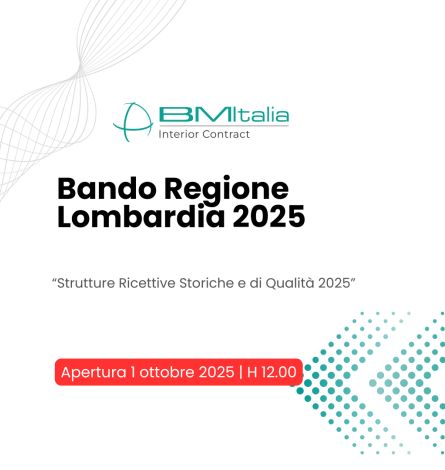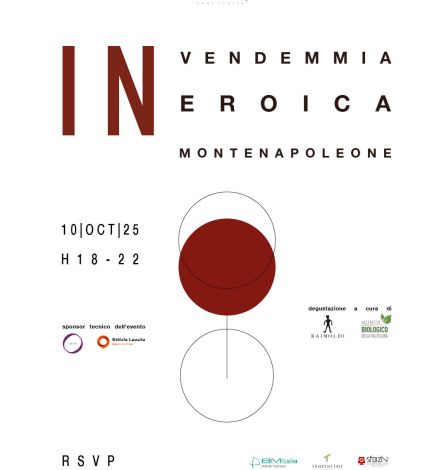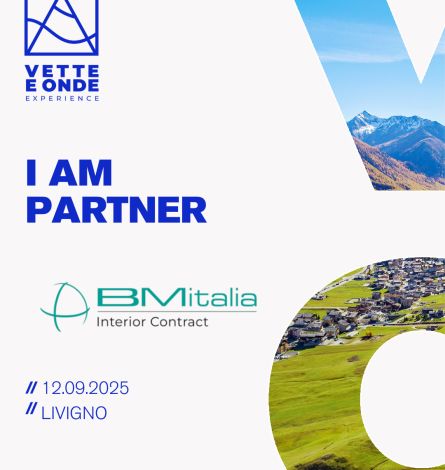
In 2025, the hospitality industry will evolve to meet the new needs and growing expectations of modern travelers.
In 2025, hotels combine sustainability, advanced technology and innovative design. Eco-friendly materials, smart rooms, multifunctional spaces and wellness are at the center. Biophilic design, minimalist luxury and local culture offer unique and personalized experiences. In 2025, the hotel is an immersive place where you can live a unique experience in symbiosis with the culture and the surrounding territory.
Here are some of the main trends in hotel furnishings for 2025:
1. Sustainability and Natural Design
Sustainability continues to be at the center of the global focus, therefore hotels are moving towards the use of eco-friendly, eco-recyclable materials such as wood, bamboo, natural stone and organic fabrics. Travelers are increasingly aware of the environmental impact and prefer accommodation facilities that have a green approach.
Trends therefore include:
Use of recycled and renewable materials.
Solar panels, rainwater collection systems and solutions to reduce energy consumption.
Furnishings that combine natural aesthetics and ecological functionality, such as eco-friendly fabrics, natural paints and energy-efficient LED lighting.
2. Integrated Technology
Technology consolidates its crucial role through solutions that improve the guest experience while simplifying hotel management.
Some examples include:
Smart Rooms: rooms equipped with IoT (Internet of Things) devices, which allow guests to control lights, temperature, curtains and entertainment via their smartphone or voice devices.
Digital Check-in and Mobile Keys: the digitalization of processes, such as contactless check-in and room access via app.
Immersive Experiences: the use of augmented reality (AR) or virtual reality (VR) offers personalized experiences, such as virtual tours of the hotel or interactive experiences in the room.
3. Hybrid Design and Multifunctional Spaces
The hotels of the future are more flexible, where common areas and rooms adapt to different needs. We will therefore find:
Transformable lounges and common areas: areas that can be used for work, relaxation and socialising, with modular and adaptable furniture.
Multifunctional rooms: rooms that can be transformed into a work environment or a leisure and relaxation area, with desks that transform into dining tables or beds that transform into sofas.
Co-working spaces: hotels integrate shared work spaces, with ultra-fast Wi-Fi, ergonomic desks and meeting rooms.
4. Biophilic Design
Biophilic design, integrating natural elements into interior spaces, aims to create an environment that promotes well-being and connection with nature, even when you are far from it. Some examples include:
Indoor plants and vegetation: green walls, hanging plants and indoor gardens that improve air quality and provide a relaxing atmosphere.
Natural light: the use of large windows and openings to encourage the entry of sunlight, increasing the feeling of openness and well-being.
Natural materials and organic textures: Wood, stone, clay and nature-inspired surfaces.
5. Personalized Style and Comfort
Design is personalized to offer more intimate and tailored experiences for their guests. Travelers are looking for an experience that reflects their style and preferences. Some examples include:
Themed and customizable rooms: Design that adapts to guests' preferences through the choice of wall color, type of pillows or decorative theme.
Curated experiences: Hotels offer personalized packages that include in-stay experiences, such as private dinners, exclusive activities or tailor-made spa treatments.
6. Simple Luxury and Elegant Minimalism
In 2025, luxury is synonymous with a more sober and discreet aesthetic. Luxury is minimalist elegance, refined comfort and quality of service. Key features include:
Minimalist and high-quality furnishings: Furniture elements with clean and linear design, produced with quality materials.
Neutrals and natural tones: more sober color palettes, such as beige, gray, white and sage green, create relaxing and timeless environments.
Focus on the experience: Rather than visible luxury items, luxury hotels focus on exceptional service and unique experiences.
7. Localized Aesthetics and Local Culture
Guests are looking for an immersive experience that reflects local culture. Hotel furnishings and design are rooted in local traditions, arts and raw materials through:
Handcrafted and local furnishings: furniture and decorations made by local artisans, capable of narrating local stories and traditions.
Design inspired by local culture: colors, fabrics, art and decorations for a better identification with the territory.
Collaborations with local artists: direct involvement of local artists and designers to create environments that are an authentic reflection of the destination.
8. Wellness and Relaxation Spaces
Wellness at the center of the guest experience by integrating spaces dedicated to health and relaxation:
Wellness rooms: rooms equipped with every comfort for wellness, from hot tubs, to private saunas, to integrated gyms.
Spaces for meditation and yoga: areas for mental and physical relaxation, with designs designed to promote relaxation.
High-quality spas: spas and wellness centers that offer innovative treatments, with a focus on skin care, meditation and energy recovery.
9. Retro and Vintage Design Elements
In hotels, design elements that recall the past are revived with a more contemporary approach:
Vintage furnishings and decorations: furniture from the 60s, 70s and 80s that are re-proposed in a renewed way and adapted to modern spaces.
Retro lighting: vintage lamps and lights revisited through cutting-edge technology, such as vintage LED lights.
Conclusion
In 2025, the hotel is an immersive place in which to live a unique experience in symbiosis with the culture and the surrounding area.




